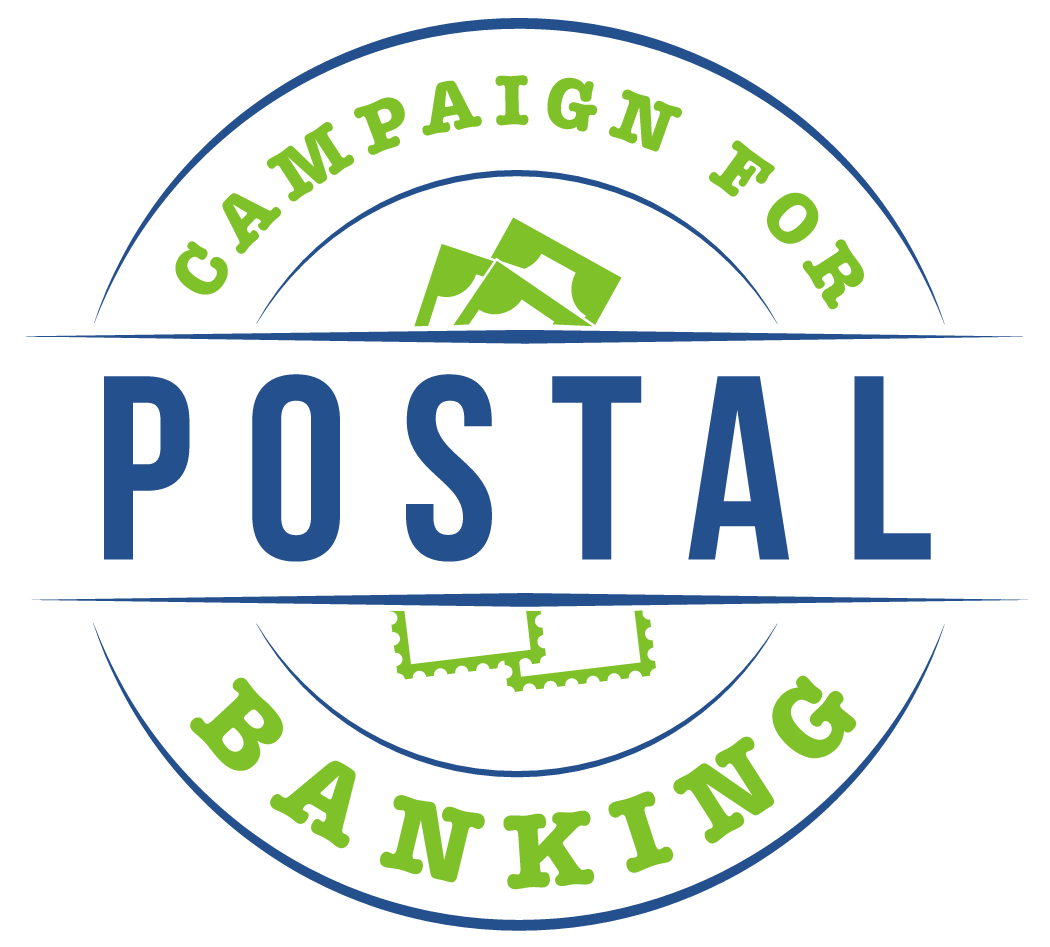FDIC Survey Highlights Unbanked and Underbanked Populations
Since 2009, the Federal Deposit Insurance Corporation (FDIC) has produced a biennial report surveying the unbanked and underbanked population of the United States. Their most recent report, which tracks 2021 data, was recently released.
While the proportions of the population that are unbanked and underbanked declined since the last survey in 2019, an estimated 5.9 million households remain without access to a bank account. We can be encouraged by the decreasing rate of unbanked households, but the fact that millions of people in this country still lack a basic need should encourage us to continue our work. Postal banking, and simple financial services available at post offices, should remain a goal of everyone interested in reducing inequality and building a better society.
The FDIC survey also underscored that the provision of financial services across the country is still shaped by its social, economic, and racial divides. The survey found that “unbanked rates were higher among lower-income households, less-educated households, Black households, Hispanic households, working-age households with a disability, and single-mother households.”
The most common reason unbanked people cited for not having an account is that they “don’t have enough money to meet minimum balance requirements.” Others cited high fees, or a lack of trust in banks, as the main reasons for not holding an account.
We believe that expanded postal financial services could reach many of these people and bring them simple, trusted, low-cost financial services. Postal banking systems in other countries provide valuable financial services, with either much lower fees, or even without any fees at all. These services can be offered without minimum balance requirements because they are provided as a public service.
One interesting finding in the most recent study is that the COVID-19 stimulus funds may have helped move more households into “banked” status. Among those who were worried about fees or minimum balance requirements, the additional cash provided by COVID relief was sometimes enough to get them over their reservations about costly services. This, once again, underscores “the high cost of being poor” in American society.
Postal Banking and the New Political Landscape
After the 2020 elections, this column reported on some of the priorities for our campaign heading into the 117th Congress. For much of the past two years, in addition to the work to get the Postal Service to independently move out on some pilots of modest financial services, we’ve spent much of our efforts focused on getting Congress and the Biden Administration to support these goals.
In both 2021 and 2022 House appropriators include language that would have compelled the Postal Service to roll out a robust pilot program of financial services, but our progress was stymied in the Senate both times.
Now, with a more conservative majority in the House of Representatives, we might expect that the appropriations landscape may be more challenging in the Congress ahead.
Nonetheless, we will continue to press the Biden administration to exercise all of its authority to advance postal banking forward in the next two years.
As we’ve reported before, the Postal Service is permitted to partner with federal agencies to provide necessary services to the American public. Such a partnership with either the Treasury or Federal Reserve could result in a postal-provided service to meet many of the needs of the unbanked and underbanked across the country.
The recently-passed Postal Service Reform Act also offers new opportunities for the Postal Service to partner with state and local governments. In the past few years, several states and cities have made advances in creating public banks. It’s possible that partnerships at these levels could also result in new types of financial services, offered in conjunction with the Postal Service, that meet the needs of local residents.

